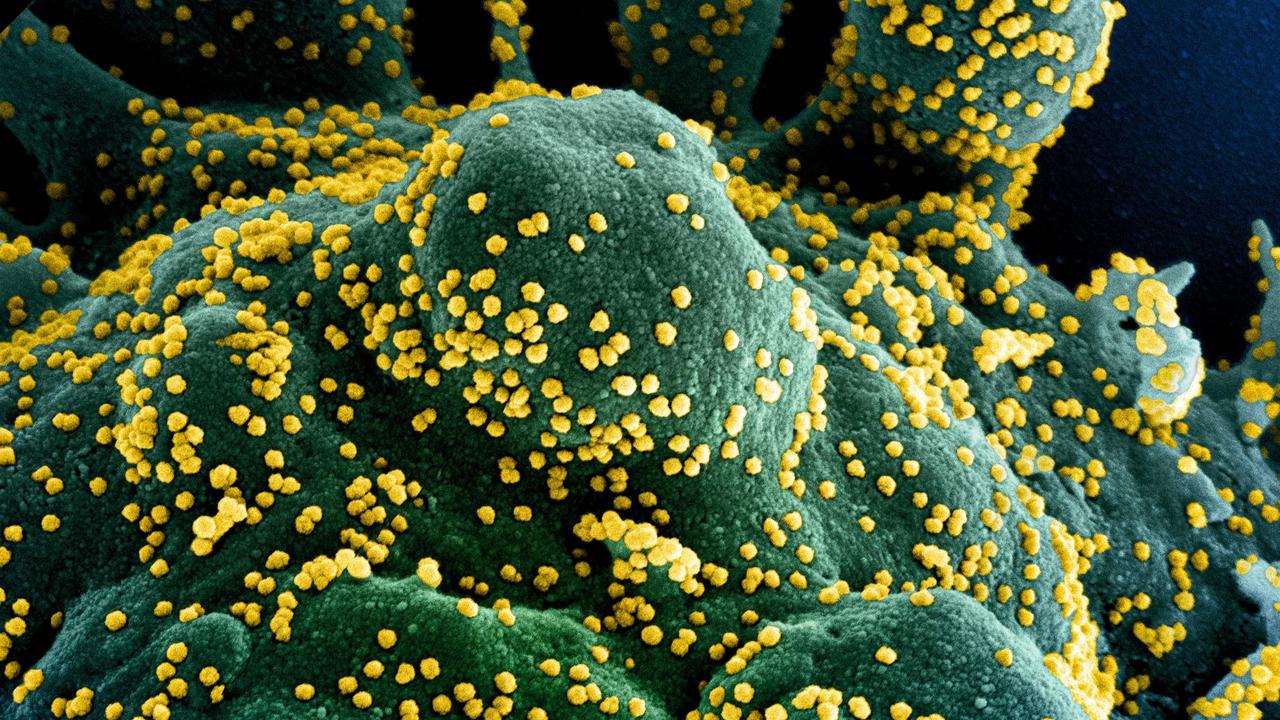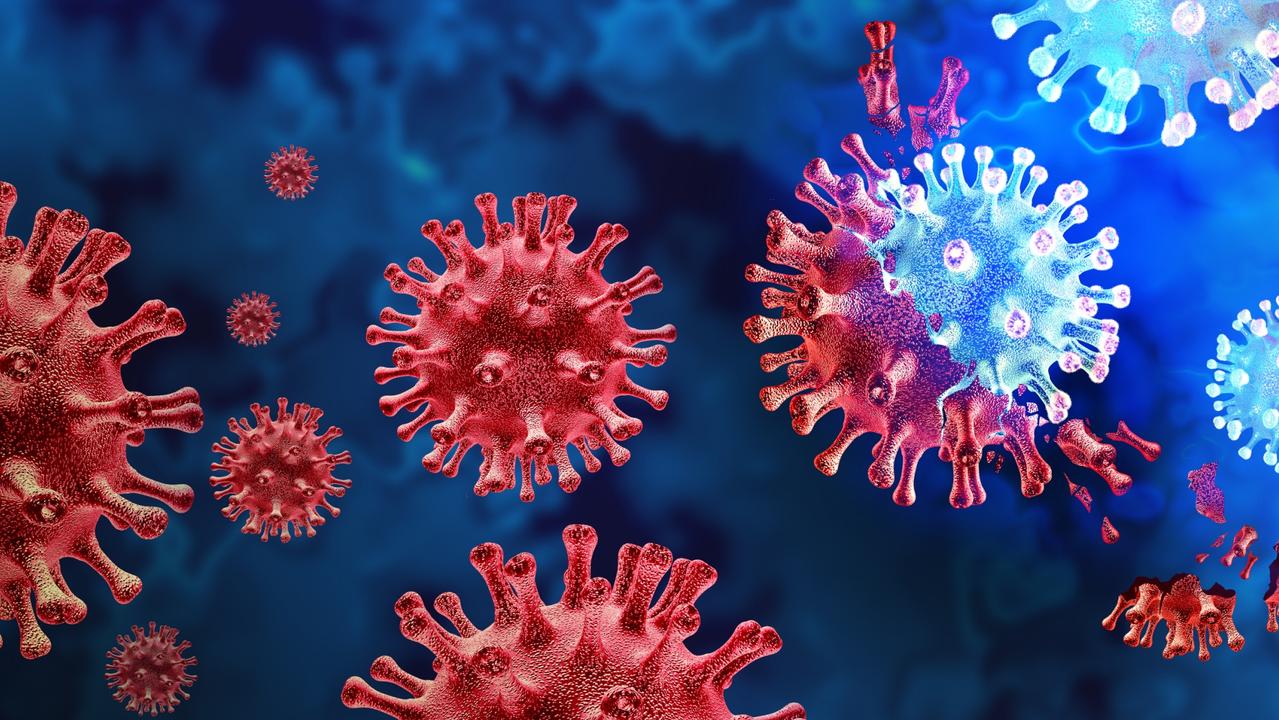India reaches world record of 315,000 daily COVID-19 cases as oxygen supply runs out
One of the world’s biggest countries just recorded the world’s worst ever COVID-19 daily rate as oxygen and hospital beds run out and cases soar.
On streets outside hospitals, elderly men and women struggling to breathe are either lucky enough to be strapped to an oxygen tank or dying while waiting for one.
Hospitals across India — a country that just posted a global record of 315,000 new cases in a single day — are so full that ambulances are lined up outside with nowhere to go.
Inside, beds are at 99 per cent capacity and fresh oxygen supplies are not forthcoming.
The country’s long-underfunded healthcare system is being stretched to the limit by a devastating second wave of the pandemic blamed on a “double mutant” variant and “superspreader” mass gatherings.
It is 3:35 a.m in India and I just counted 72 people on my timeline desperately either searching for a bed in a hospital or an oxygen cylinder. These are Indians having access to social media, what is happening in countryside we don’t know & with those who don’t use Twitter.
— Sameer Yasir (@sameeryasir) April 22, 2021
This is so painful, India recorded 314000 cases in last 24Hours. Horrible situation in India as country just ran out of Oxygen May Allah have mercy on our neighbours , India 🇮🇳 #IndiaNeedsOxygenpic.twitter.com/V6KXAYzC7h
— ImAam SaB (@MIArifsays) April 22, 2021
Heartbreaking images from the subcontinent are flooding social media as the hashtag #IndiaNeedsOxygen continues to trend.
One image that went viral shows a mother sitting in an electric rickshaw with the lifeless body of her son at her feet.
Other pictures show bodies waiting to be burned in long queues at crematoriums that continue to burn day and night with no sign of slowing down.
According to Health Ministry data from Thursday, there were 314,835 new infections in just 24 hours. That figure is far greater than any country has recorded since the pandemic began and takes the country’s total cases to almost 16 million.
On the same day, there were 2074 deaths associated with COVID-19, bringing the total death toll to almost 185,000.
RELATED: COVID-19 cases soar in India amid overcrowding and complacency
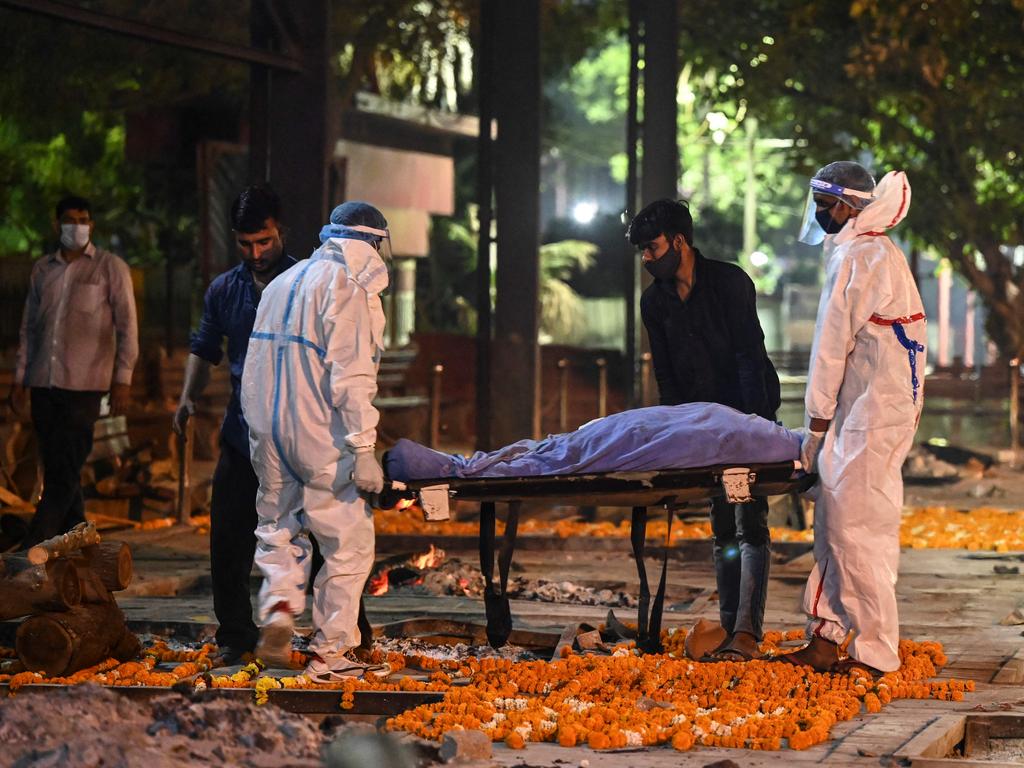
The numbers are considerably lower on a per capita basis than in many other countries, raising fears the situation could get a lot worse. There are also accusations the death toll is not being accurately reported.
At several crematoriums, workers are reporting five times the number of bodies being burned compared to the official death toll.
The health system is stretched beyond all comprehension.
A nurse described the situation as “like hell” to Time reporter Rana Ayyub.
“This is hell, you tell me, is this not?” the nurse said, who is recovering from COVID-19 and asked not to be named.
“They talk of worshipping the medical fraternity but they have left us to die.”
Major private and government-run hospitals in New Delhi are so overwhelmed that they’ve sent out urgent appeals to the central government, calling for more oxygen supplies for hundreds of patients on ventilator support.
Videos show trucks carrying oxygen under police escort.
On Wednesday, nearly 500 tonnes of oxygen was supplied to Delhi but this fell short of the required 700 tonnes per day.
The megacity’s government, run by a different party to Prime Minister Narendra Modi’s national administration, has accused neighbouring states governed by Mr Modi’s Bharatiya Janata Party (BJP) of holding up supplies.
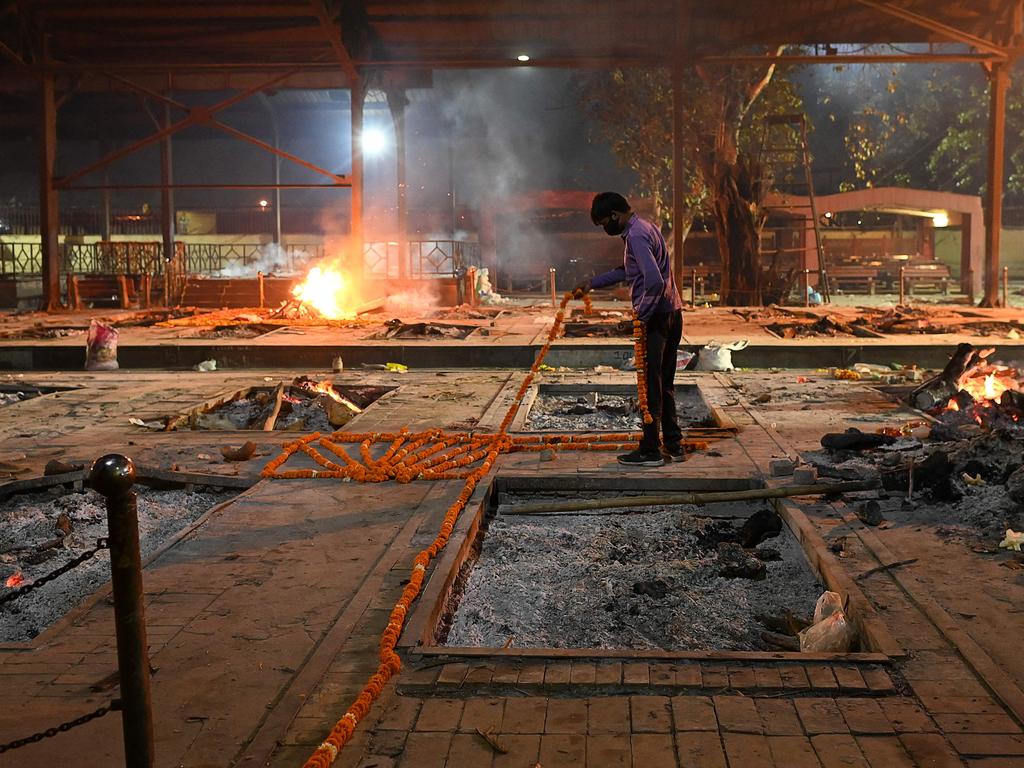
Court orders government to ‘beg, borrow, steal’ oxygen
Late Wednesday, the Delhi High Court ordered the government to ensure safe passage of oxygen supplies from factories to hospitals across India.
“You beg, borrow and steal but have to provide,” the judges said, asking why the government is “not waking up to the gravity of the situation”.
“In the last few days there has been a mad scramble for oxygen. One hospital or the other is running short,” Delhi Chief Minister Arvind Kejriwal said on Thursday.
“Now oxygen supply is coming … we are trying to ensure every truck carrying oxygen reaches the hospitals,” he said, adding that he had requested oxygen be flown from the eastern state of Odisha.
Recent months have seen mass gatherings in India, including millions attending the Kumbh Mela religious festival, political rallies, lavish weddings and cricket matches with spectators.
Now, states across India have imposed restrictions, with Delhi in a week-long lockdown, all non-essential shops shut in Maharashtra, and Uttar Pradesh set for a weekend shutdown.
However, on Thursday, Mr Modi still urged voters in West Bengal “to exercise their franchise” as parts of the eastern state voted.
Distraught relatives are now being forced to pay exorbitant rates on the black market for medicines and oxygen, while WhatsApp groups are full of desperate pleas for help.
The United States now advises against travel to India, even for those fully vaccinated, while Britain has put India on its “red list” and Hong Kong and New Zealand have banned flights.
Australia on Thursday also tightened restrictions on arrivals from India, with Prime Minister Scott Morrison saying returnees from there now made up about 40 per cent of COVID cases detected in quarantine.
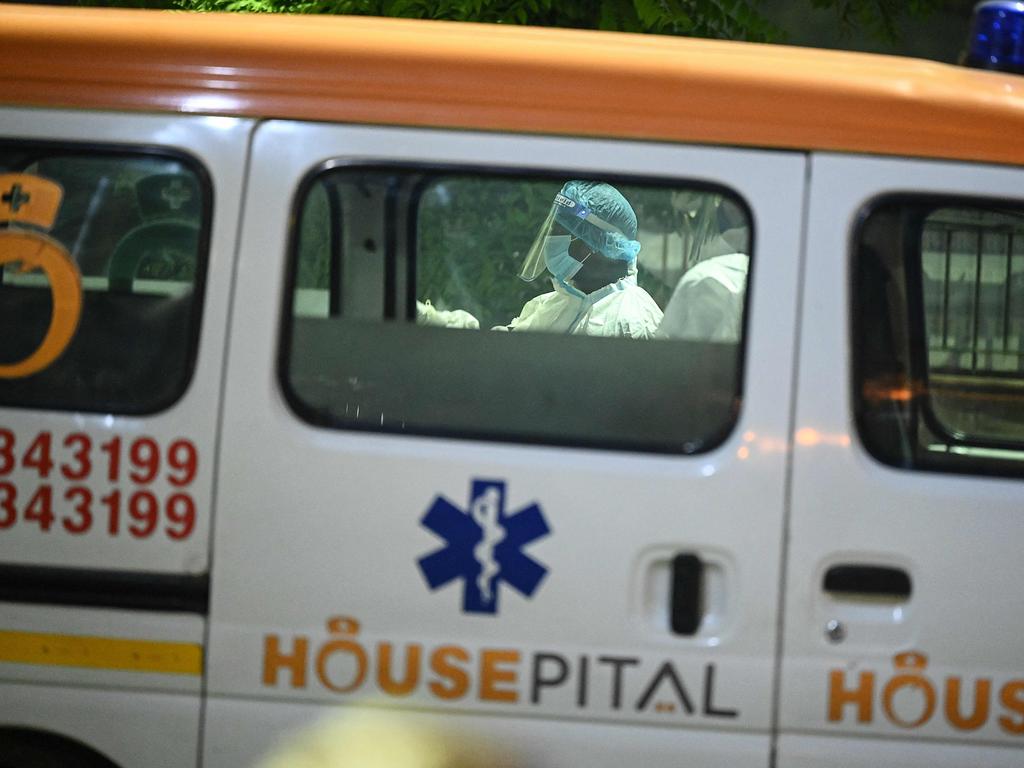
Is new COVID-19 variant responsible?
Questions are being asked about whether new mutations, specifically B. 1.617, is behind what is currently the world’s fastest-growing outbreak.
The B. 1.617 variant has already appeared elsewhere, including in the United States, Australia, Israel and Singapore. Concern about it has led some countries, including the UK, to slap travel restrictions on India.
India first reported the B. 1.617 genome to the global database (GISAID) in October.
India’s health ministry flagged the variant in late March, saying it appeared in 15-20 per cent of samples analysed from the worst-hit state Maharashtra. More recently, the figure was 60 per cent.
B. 1.617 has been categorised by the World Health Organisation as a “variant of interest”.
Other variants detected in Brazil, South Africa and the UK have been categorised as “of concern”, because they are more transmissible, virulent or might reduce antibody efficacy.
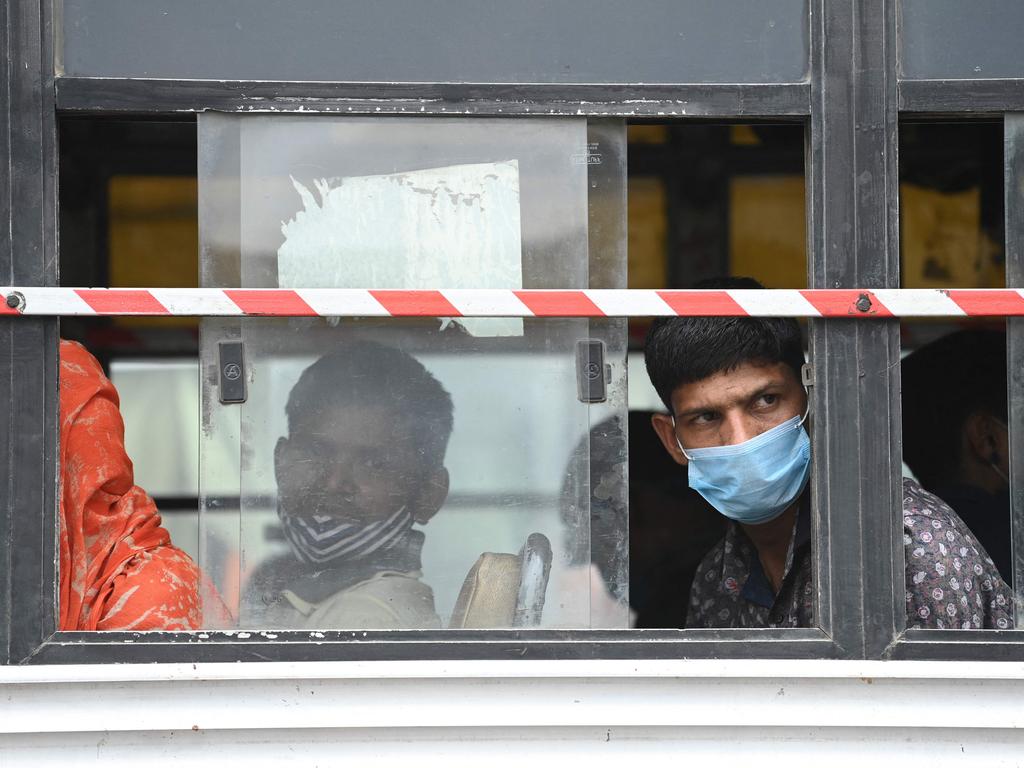
B. 1.617 has several mutations, including two notable ones (E484Q and L452R), leading to it sometimes being called the “double mutant”.
Rakesh Mishra, director of the Hyderabad-based Centre for Cellular and Molecular Biology, is one of the scientists currently analysing the B. 1.617 variant.
So far, he says, it has been “better in terms of spreading compared to other variants”.
“Slowly it will become the more common one and it will replace the other variants,” he told AFP.
It is not yet known, however, if India’s current wave is linked to this variant, or if it is being driven by human behaviour or something else.
Health experts have raised “super spreader” concerns over recent huge religious festivals and political rallies with mostly maskless crowds.
– With AFP



